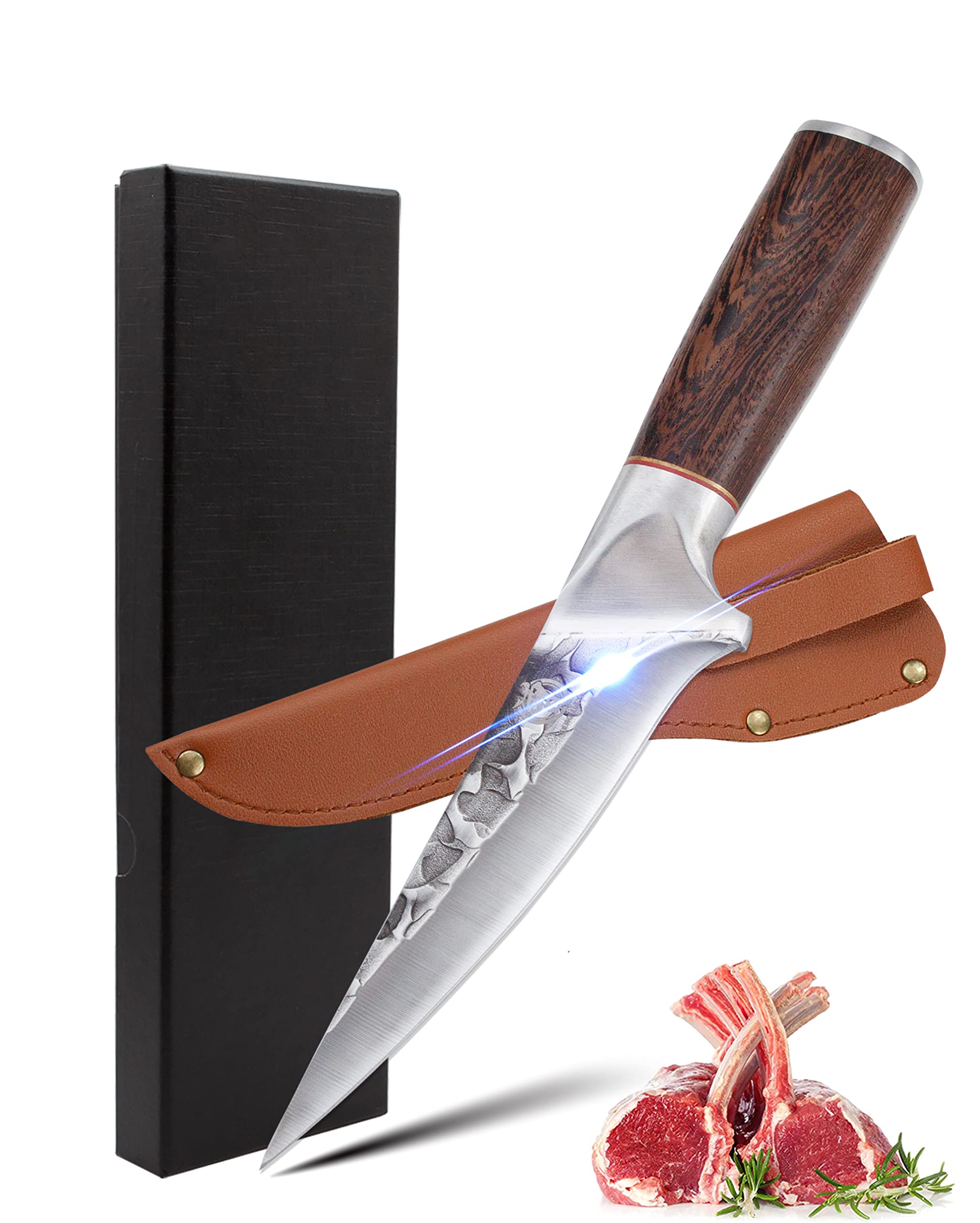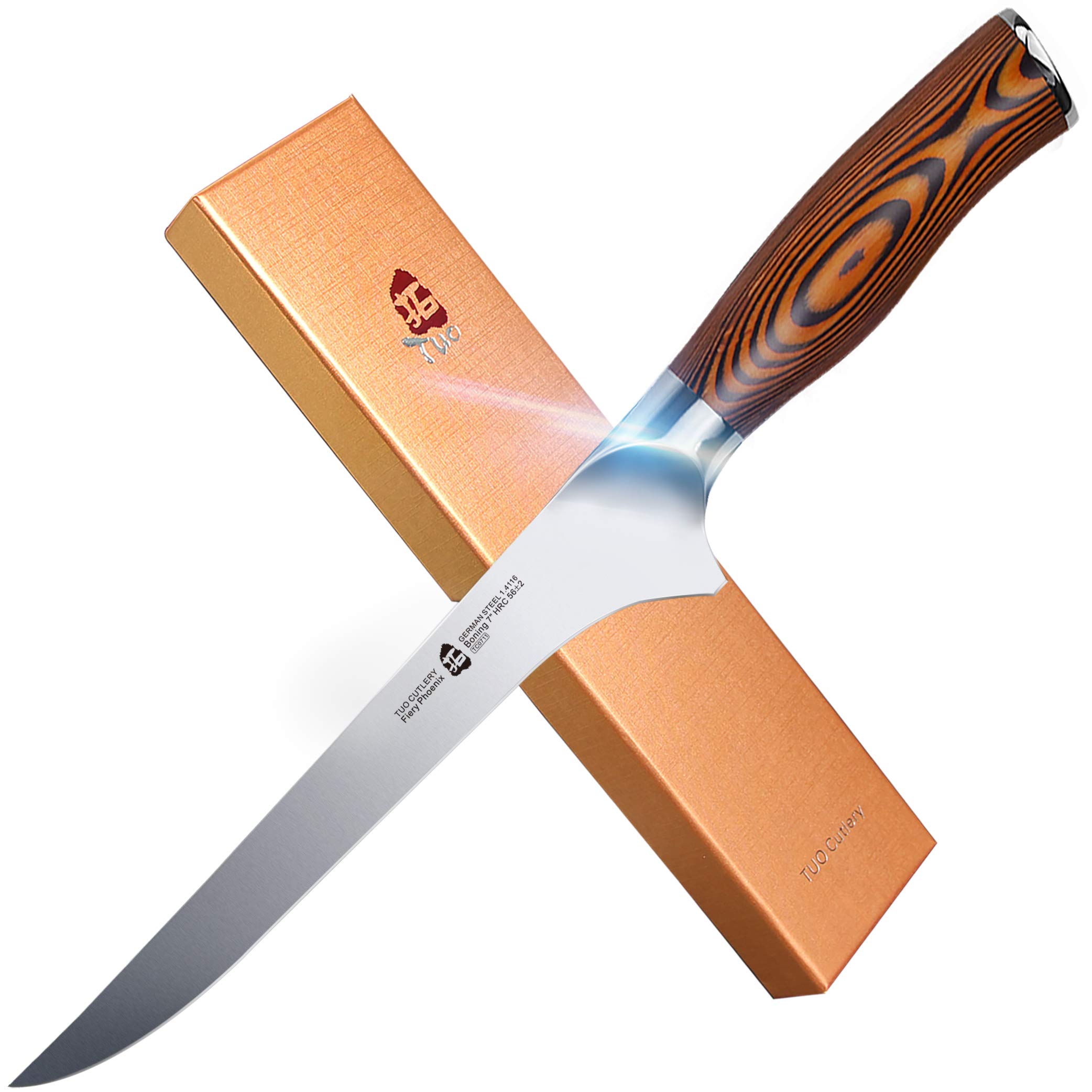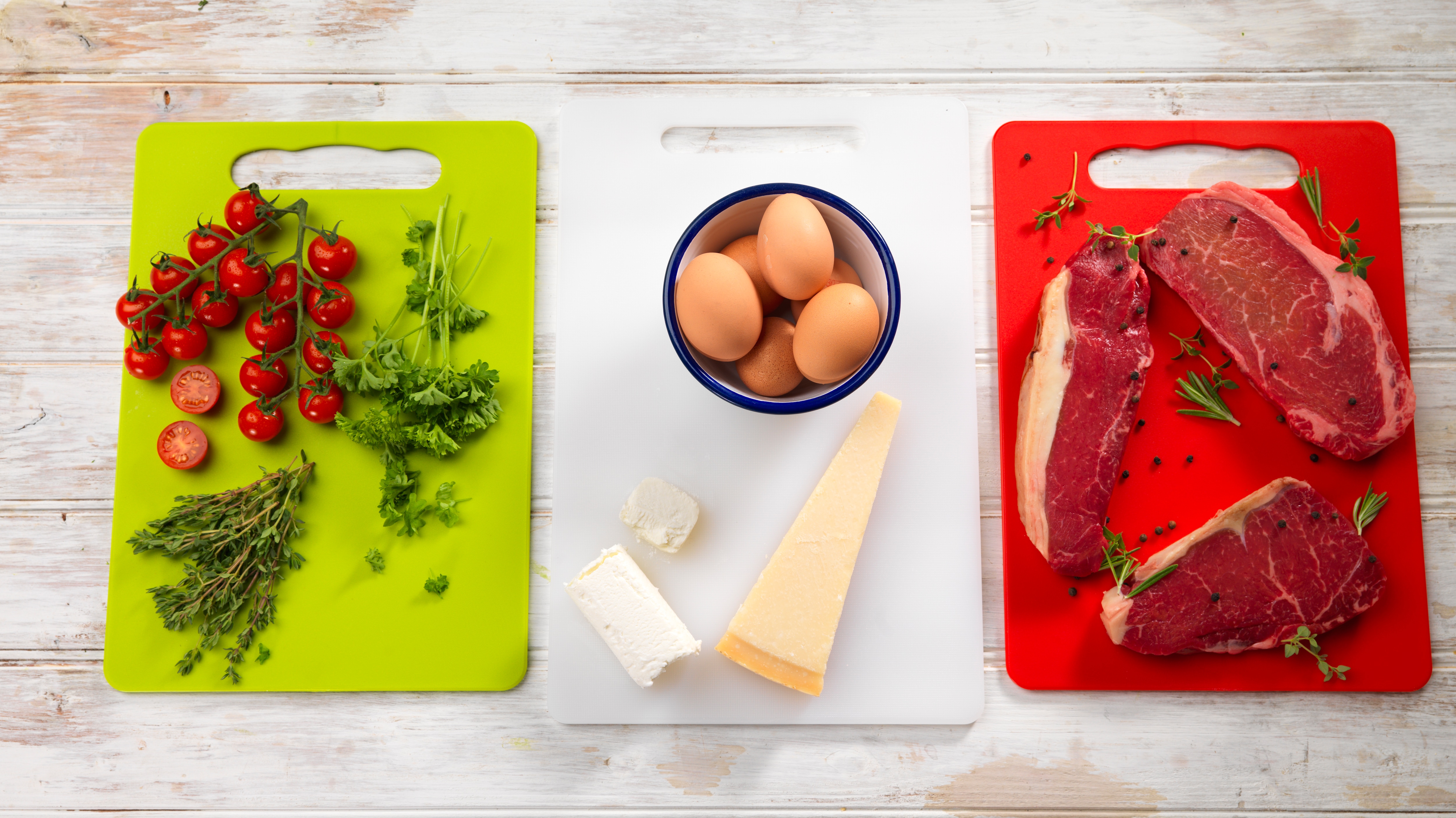Butchering can be a daunting task, especially when you’re starting out. But don’t worry, it’s not as hard as it looks! Here are some of the best tips to help you get started on your butchering journey. Whether you’re an 18-year-old student or a veteran chef, these tips will help you master the art of butchering in no time. From selecting the right knife to mastering the basics of cutting, these tips will have you well on your way to becoming an expert butcher. So let’s get to it!
Have the Right Tools: Make sure to have the right tools for the job, including a sharp knife, a cleaver, a saw, and a boning knife.

Having the right tools for butchering is essential. A sharp knife, cleaver, saw, and boning knife are some of the essential items you’ll need. Investing in high-quality tools that are well-maintained is key to having a successful butchering experience. Having the right tools will make the job easier and faster, and will help you achieve the best results. Make sure to properly care for your tools and keep them sharpened. With the right tools, you’ll be able to make the most of your butchering experience.
Break Down the Deer: Start by cutting around the joints to break down the deer into the four major sections – front quarters, back quarters, rib cage, and neck.

Breaking down a deer into its four major sections can be a daunting task. But with a few tips, you can make it a breeze! Start by cutting around the joints to separate the front quarters, back quarters, rib cage, and neck. Make sure your knife is sharp and use a clean cutting board, as this will make the process much smoother. Pay attention to the bones and muscle structure as you cut and use your hands to feel for any obstructions. Be careful not to cut too deep as this can damage the meat. With patience and practice, you can break down the deer quickly and efficiently.
Separate the Meat From the Bones: Once the four sections have been separated, you can begin to remove the meat from the bones

If you’re looking to butcher meat, it’s important to separate the meat from the bones. Firstly, divide the carcass into the four sections, which are the forequarters, hindquarters, neck, and flank. Once this is done, use a sharp knife to carefully and precisely remove the meat from the bones. Be sure to take your time, as this part of the process can be time-consuming and requires a lot of patience. Doing it right will ensure that you end up with a quality product. Additionally, take care not to cut yourself as a sharp knife can easily cause an injury. With a bit of practice, you’ll soon become an expert in butchering.
The boning knife is especially helpful for this task.

Having a good boning knife is super important if you want to become a master butcher. It’s essential for cutting through tough meat and separating joints, so it’s the key tool for anyone who takes their butchering seriously. It should have a thin, sharp blade and a comfortable handle, so you can make precise, accurate cuts. This is especially true when you’re trying to get the most out of your cuts, so investing in the right knife is a must. Plus, it’ll make the process much easier and faster. So, if you want to get the best results, make sure you have a high-quality boning knife!
Trim and Separate the Meat: After the meat has been removed from the bones, trim away any fat or sinew and

Once you have the meat off the bones, it’s time to trim and separate it. Start by removing any excess fat or sinew. This will help the meat cook evenly and prevent it from drying out. If you’re working with larger pieces, you can use a sharp knife to trim the fat away. For smaller pieces, a pair of kitchen scissors can make the job easier. Once you’ve finished trimming, separate the different cuts of meat. This will make it easier to package and store them for later use. With a little bit of practice, you’ll be able to master the art of trimming and separating meat like a pro.




